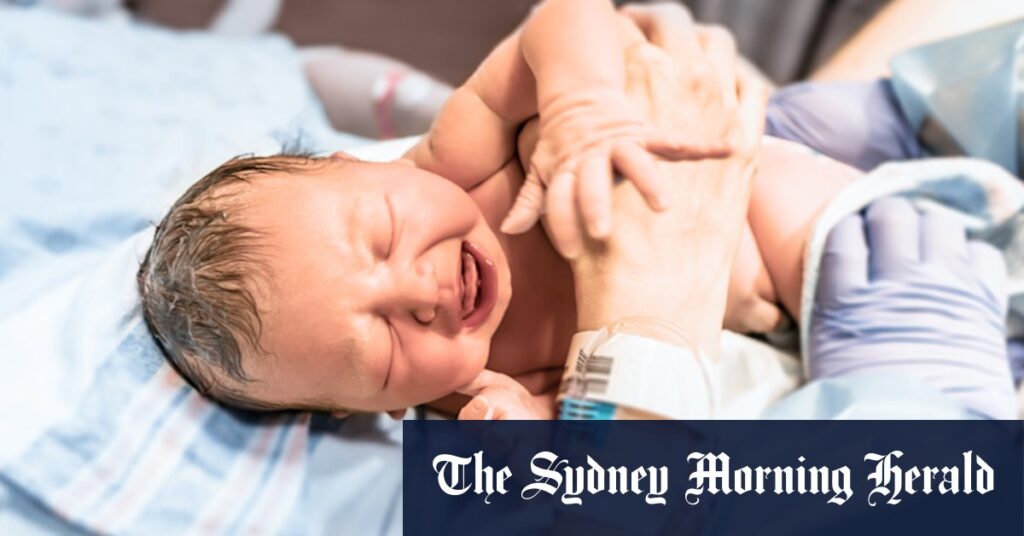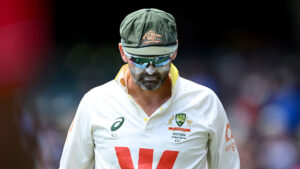
Australia’s fertility rate has reached a historic low, prompting the nation to increasingly depend on immigration to sustain population growth. This trend emerges as more parents choose to have children later in life. According to data released by the Australian Bureau of Statistics on Wednesday, the fertility rate has dropped to 1.48 births per woman, marking the lowest level since records began in 1921. This decline occurs despite a 1.9% increase in registered births in 2024 compared to the previous year, totaling 292,318 births.
Since 2019, fertility rates—defined as the average number of children a woman is expected to have over her lifetime—have sharply declined across all Australian states and territories. The Australian Capital Territory (ACT) now has a fertility rate of just 1.27, placing it among the lowest worldwide. Meanwhile, New South Wales recorded its lowest number of births in two decades.
Population Challenges and Immigration Debate
The replacement rate, which is the average number of births per woman required to maintain a country’s population without migration, stands at 2.1. The latest birth rate figures arrive amid ongoing debates about Australia’s immigration levels. A recent Resolve Political Monitor survey revealed that a majority of voters favor significantly reducing the country’s immigration intake. In 2024, net overseas migration was 341,000 people, a 37% decrease from the peak of 538,000 in 2022-23.
Coalition immigration spokesman Paul Scarr recently emphasized the need to consider the nation’s housing supply shortage when setting immigration levels. This highlights the complex interplay between immigration and domestic population growth strategies.
Personal Stories Reflect Broader Trends
Social media influencer Domenica Calarco, 32, illustrates the trend of delayed parenthood. Although she anticipated becoming a mother before turning 30, she welcomed her first child, Dove, just seven weeks ago. Calarco, who will co-parent with her former partner Jarod Bogunovich, 36, shared her journey to parenthood. After moving into a house on her parents’ property and achieving a steadier income through social media, she finally felt ready to have a baby.
“You always think, oh, I want to be settled [before having a baby], but I think as you approach your late 20s, you realize how hard it is to get ahead,” Calarco explained. “You’re often renting and not earning that much. And having a baby, especially in the private sector, and raising them is expensive.”
The median age of parents has been gradually rising, reaching 32.1 years for mothers and 33.9 years for fathers in 2024. According to ABS head of demography Beidar Cho, this shift reflects broader social and economic changes, including extended time spent in higher education and increased workforce participation by women.
Economic Factors and Family Planning
Despite feeling more settled, Calarco expressed no immediate plans for more children. “I’m one of three children, so when I was younger, I thought I’d have two or three myself at least,” she said. “But I think the reality of raising children in 2025 is that it’s so much more expensive. I’d probably need a bigger car, more room in my house, and then I think about how I want to raise my daughter… giving her the things that I didn’t have.”
Pelin Akyol, research manager for the e61 think tank, identified three primary drivers of Australia’s declining fertility rate: later parenthood, having fewer children, and an increasing proportion of people without children.
“The most significant of those is parents having fewer children, leading to smaller average family size,” Akyol noted, adding that economic factors play a crucial role in family planning decisions. “Concerns about the cost of raising children and job security have consistently ranked as the most important factors for both men and women in the decision to have a child.”
In recent years, the importance of factors such as the cost of raising children, career demands, and the availability and affordability of quality childcare has grown, particularly for young women.
Regional Variations and Future Implications
The number of registered births from 2023 to 2024 decreased in most states and territories, with Western Australia experiencing the largest decline at 4.7%. Conversely, Victoria saw a 12.9% increase, attributed to improved birth registration processing times following previous delays.
As Australia grapples with its declining birth rate, the country faces significant demographic and economic challenges. The reliance on immigration to bolster population growth may continue to spark debate over the balance between domestic birth rates and immigration policies. The evolving landscape of family planning, driven by economic and social factors, will likely shape Australia’s demographic future for years to come.







